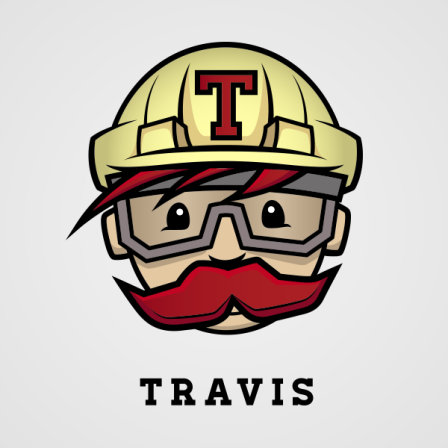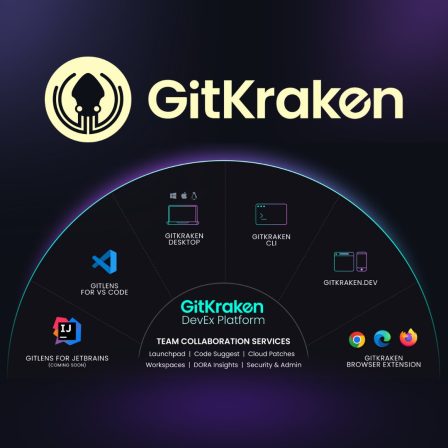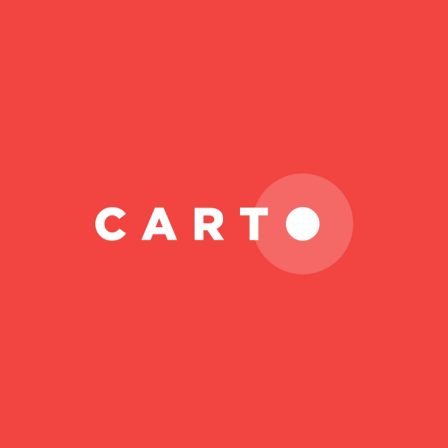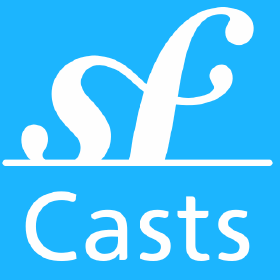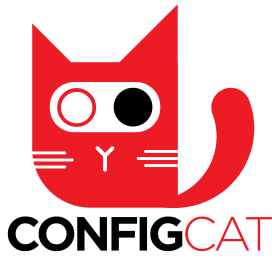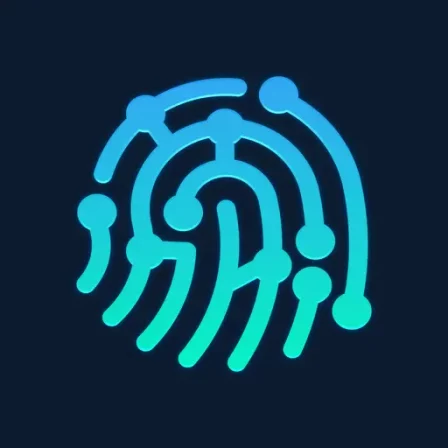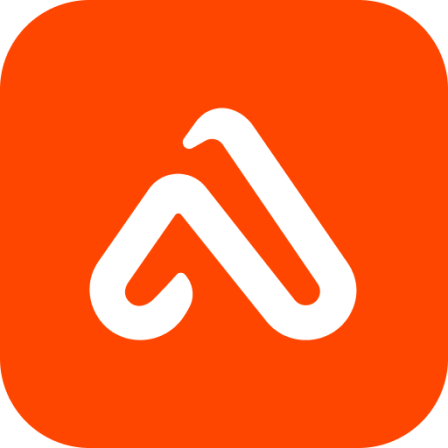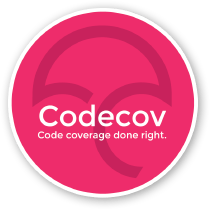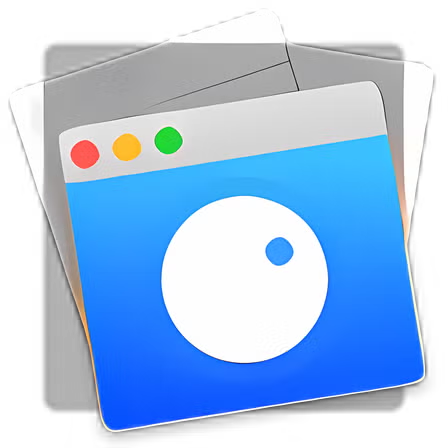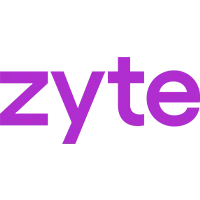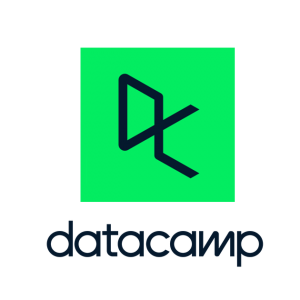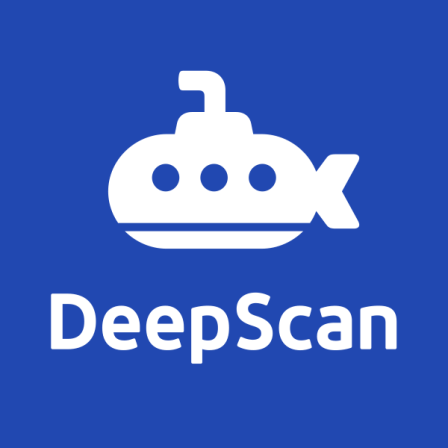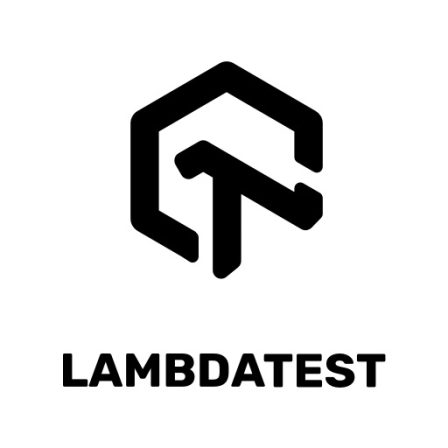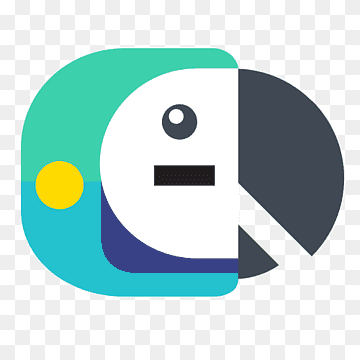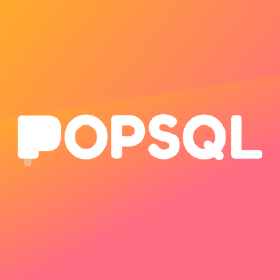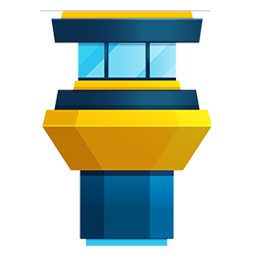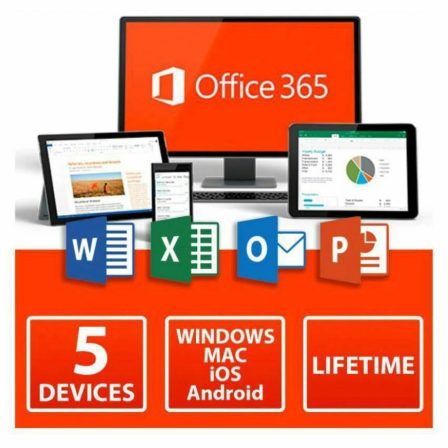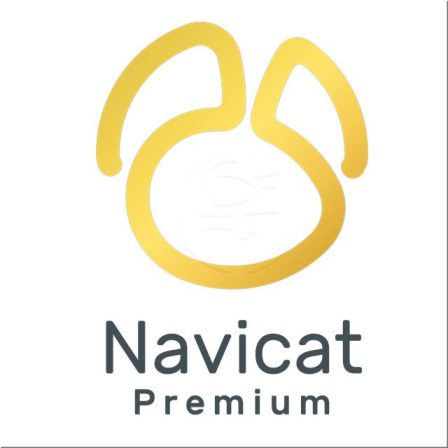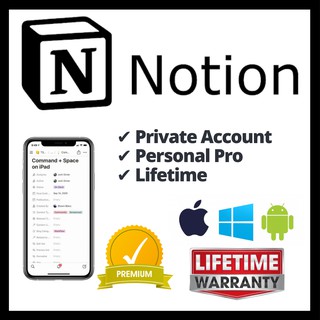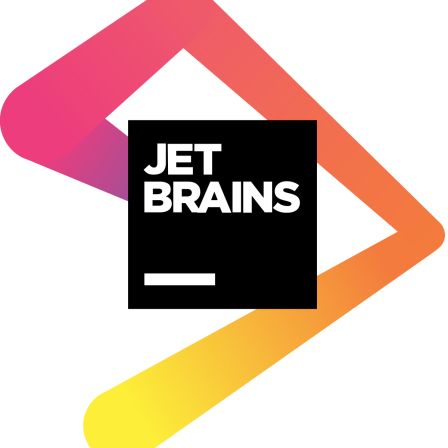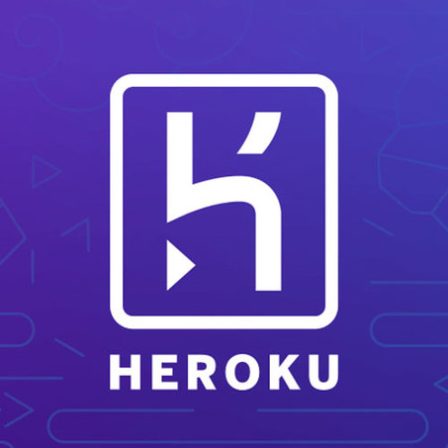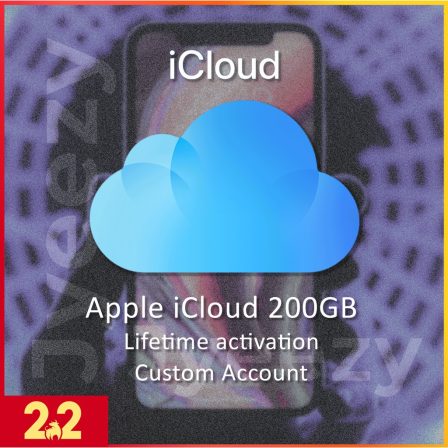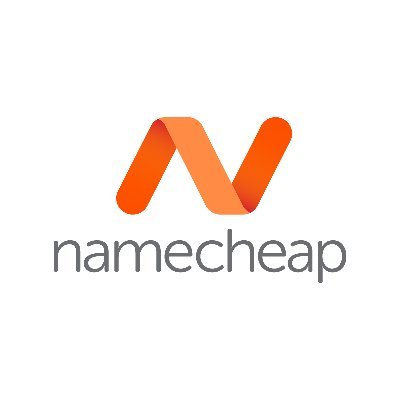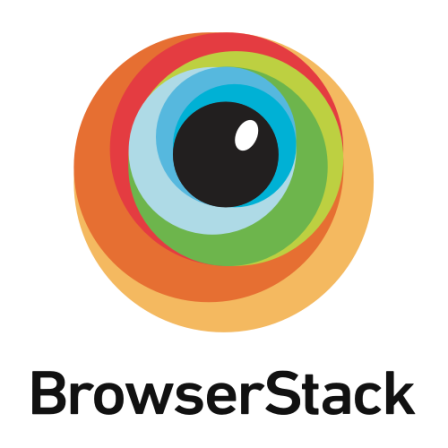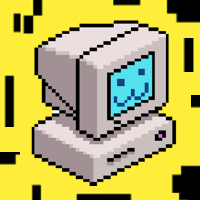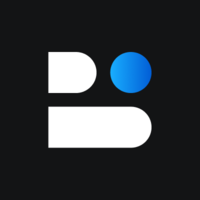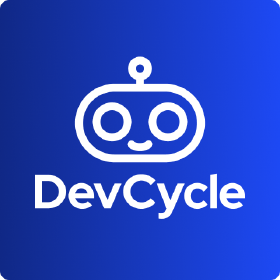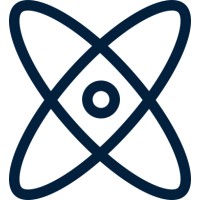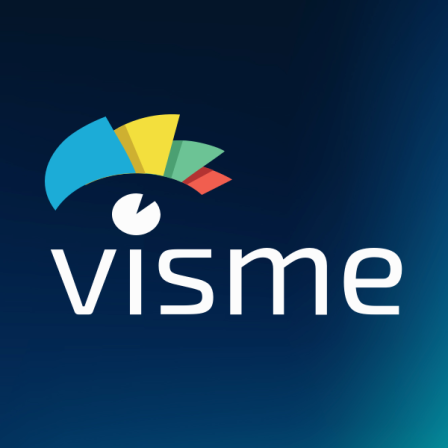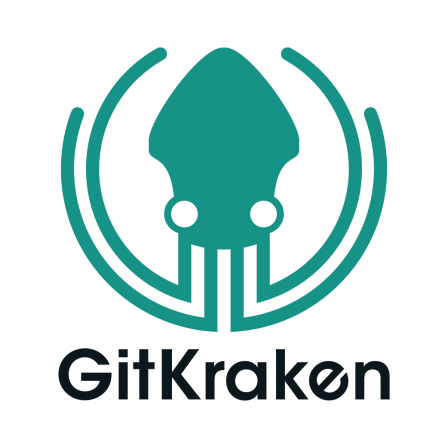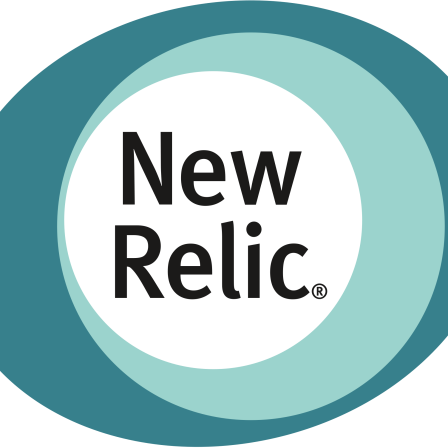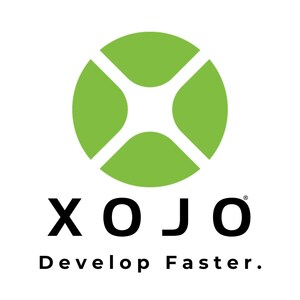There is no item in your cart
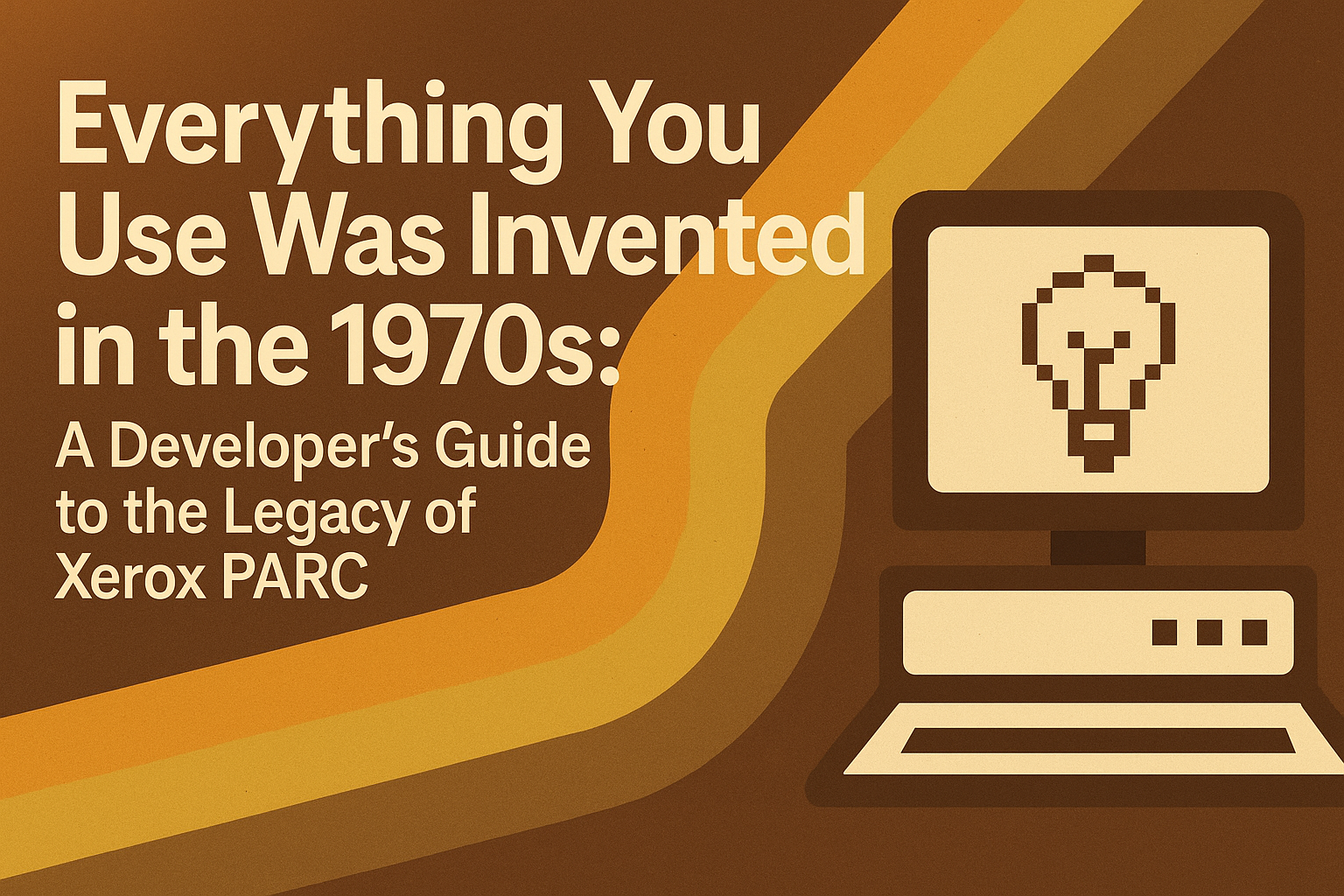
Everything You Use Was Invented in the 1970s: A Developer’s Guide to the Legacy of Xerox PARC
Look at your computer screen. You have overlapping windows, a mouse pointer, icons you can click, and text that appears exactly as it will when printed. This way of interacting with a computer feels as natural as breathing. But where did it all come from?
The answer, for this and much of modern computing, lies in one magical place in the 1970s: Xerox PARC. The Palo Alto Research Center was a Xerox-funded lab where some of the brightest minds in computer science were given immense freedom to imagine the “office of the future.” What they built became the blueprint for the next 50 years of technology. This is the story of how they invented the world we live in today.
The Inventions That Shaped Our World
The list of technologies born at PARC is staggering. They didn’t just invent one thing; they invented an entire, cohesive ecosystem.
- The Graphical User Interface (GUI): PARC created the first-ever GUI, the “WIMP” interface (Windows, Icons, Menus, Pointer). The concept of overlapping windows and using a mouse to interact with a “desktop” metaphor was born here.
- Object-Oriented Programming (OOP): The Smalltalk programming language, developed at PARC, was the first truly object-oriented language and environment. Its concepts have profoundly influenced almost every major language since, including C++, Java, and Python.
- The Ethernet & Networked Computing: PARC invented the Ethernet protocol, the technology that allowed personal computers in an office to connect and form a local network. They built the first networked office.
- The Laser Printer: They created the technology that made high-quality, on-demand document printing a reality.
- WYSIWYG Text Editors: The “What You See Is What You Get” editor, where the document on screen looks identical to the printed output, was pioneered at PARC with their “Bravo” text editor.
The Lesson: The “Great Fumble”
Famously, Xerox management failed to see the commercial potential of these world-changing inventions. They allowed a young Steve Jobs to visit PARC for a demonstration in 1979. Jobs immediately grasped the significance of the GUI and mouse, and the rest is history. The Apple Lisa and the legendary Macintosh directly translated the PARC vision into a commercial product, fundamentally changing the world while Xerox was left behind.
What We Can Learn from PARC Today
- Think in Systems: PARC’s genius was not in inventing isolated gadgets, but in designing a complete, integrated system where the hardware, software, and network all worked together to serve a human need.
- User-Centricity is Key: They weren’t building tools for other computer scientists. They were studying office workers and designing tools to make their lives easier, effectively pioneering the field of Human-Computer Interaction (HCI).
- Innovation Needs Freedom: The “blue-sky” research environment at PARC, free from immediate commercial pressures, is a testament to what can happen when you give brilliant people the freedom to explore and build their vision of the future.
Conclusion
Nearly every tool we as developers use today—from our object-oriented languages to the graphical interface of our [JetBrains] IDEs—stands on the shoulders of the giants at Xerox PARC. Understanding this history gives us a deeper appreciation for our craft and inspires us to not only use our tools, but to imagine what comes next.
The pioneers at PARC created the foundational tools for personal computing. Today, the work continues. At SMONE, we’ve curated a collection of the best modern tools that carry on this legacy of empowering creators. From powerful IDEs and collaborative platforms like [Notion] to the infrastructure that hosts the future on [Heroku], we provide the toolkit for the modern innovator. Explore our collection and build what’s next.
